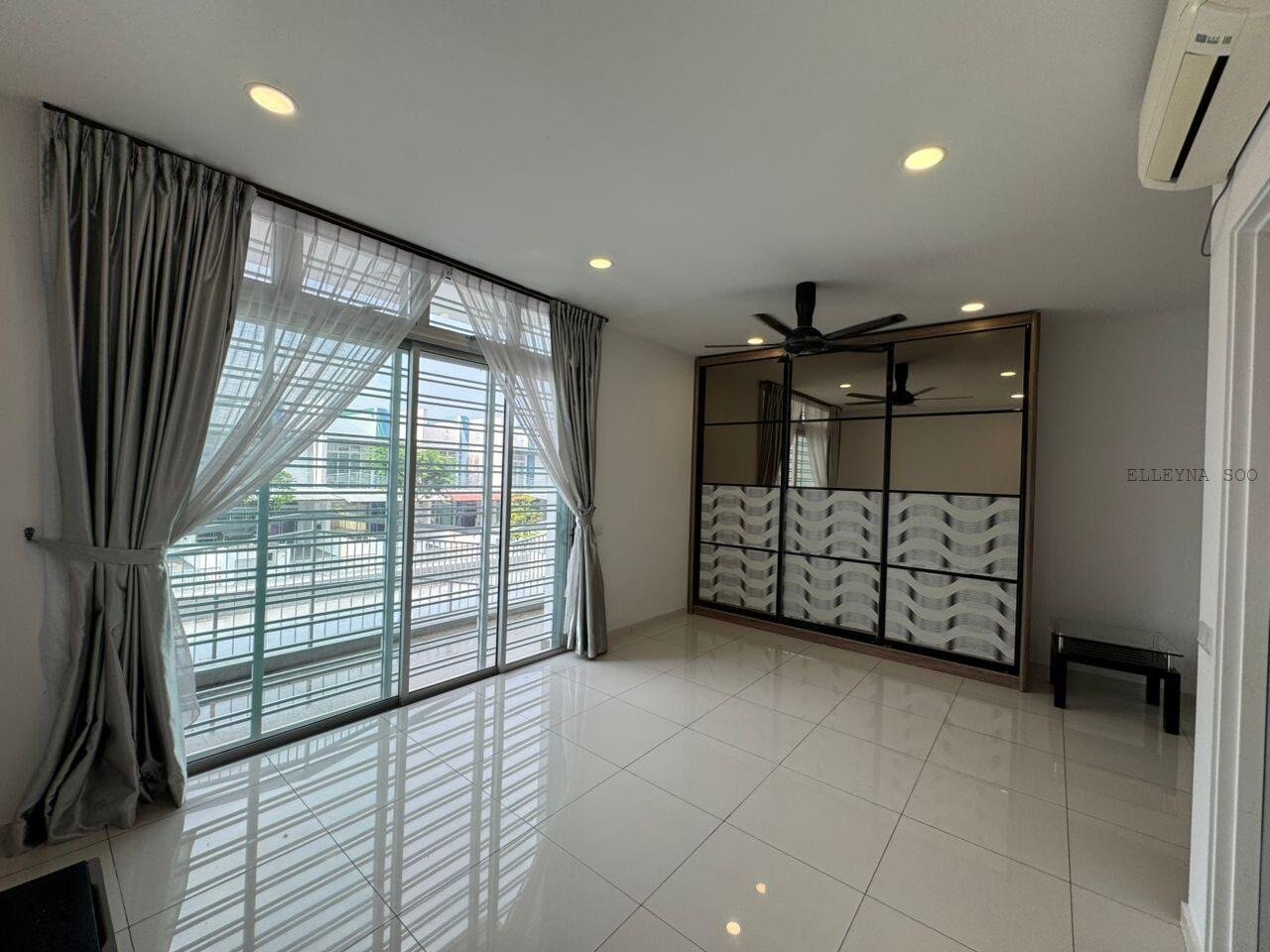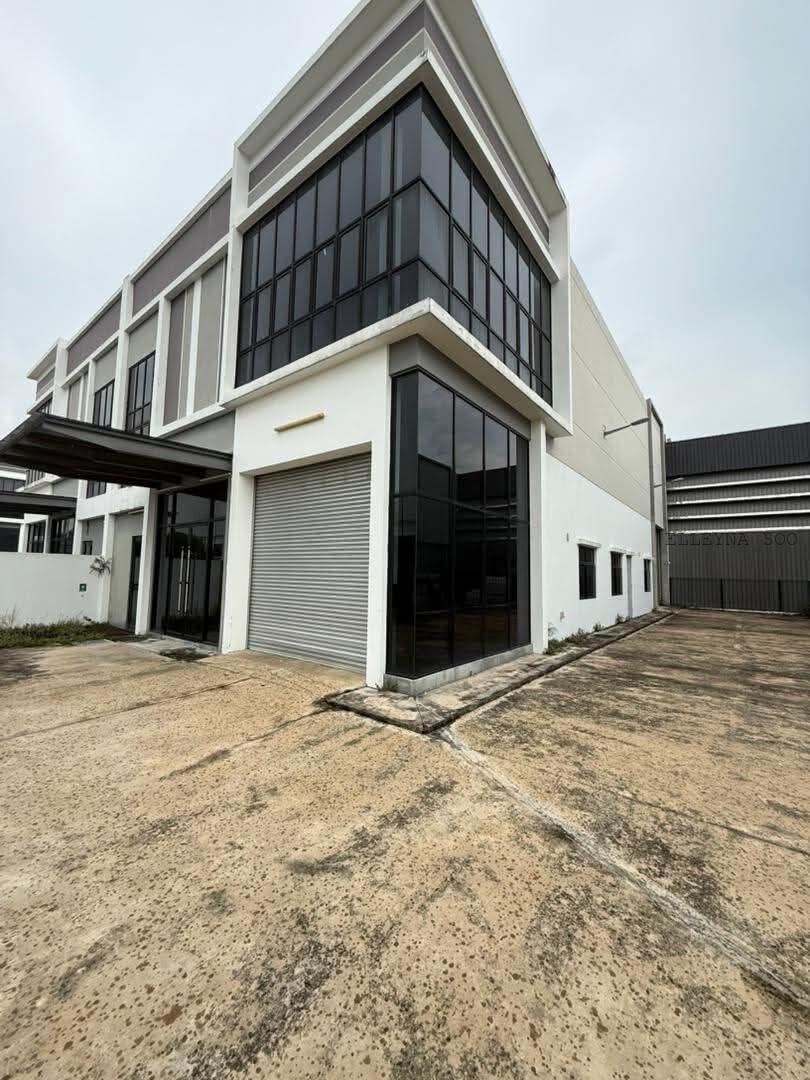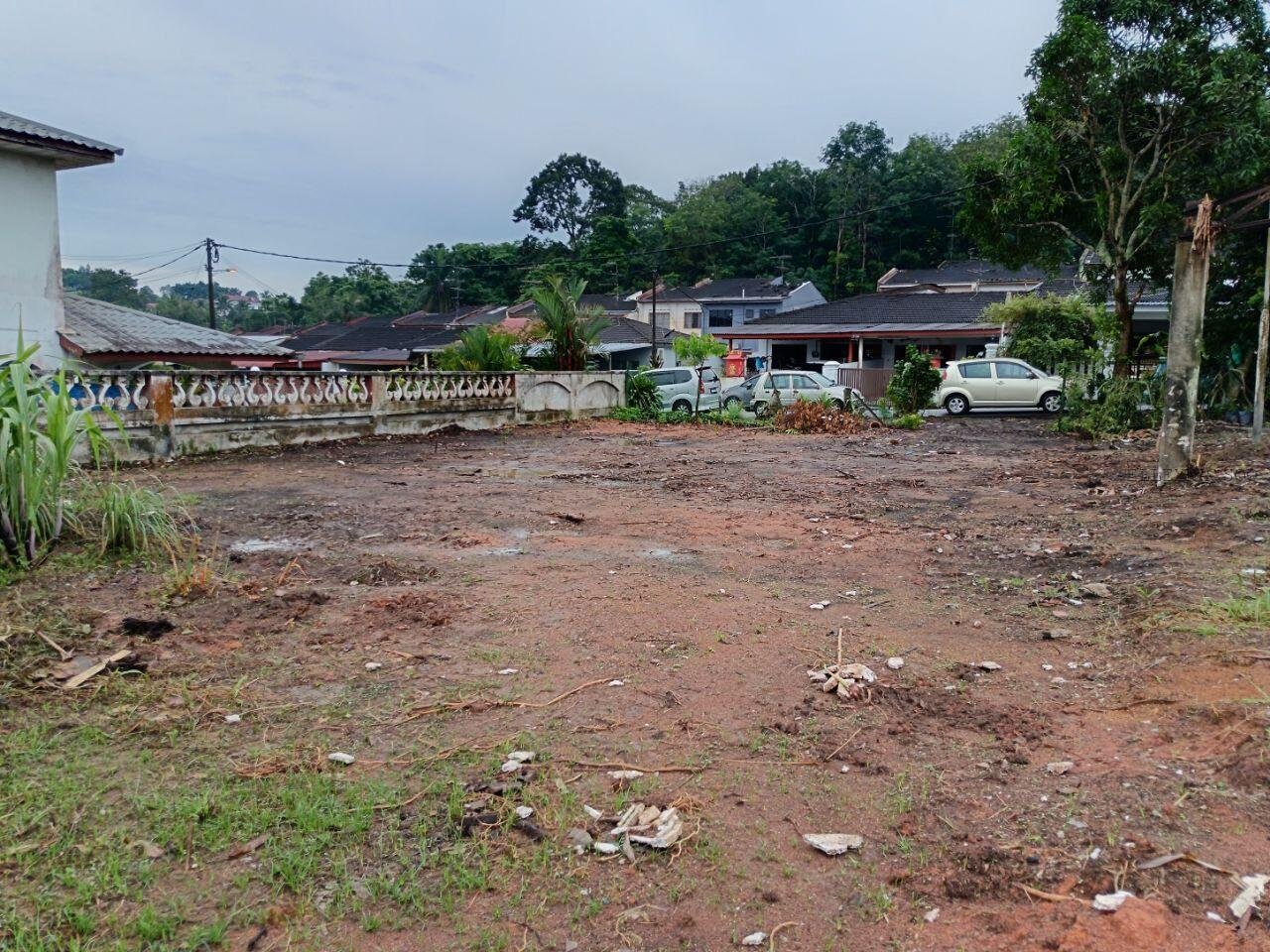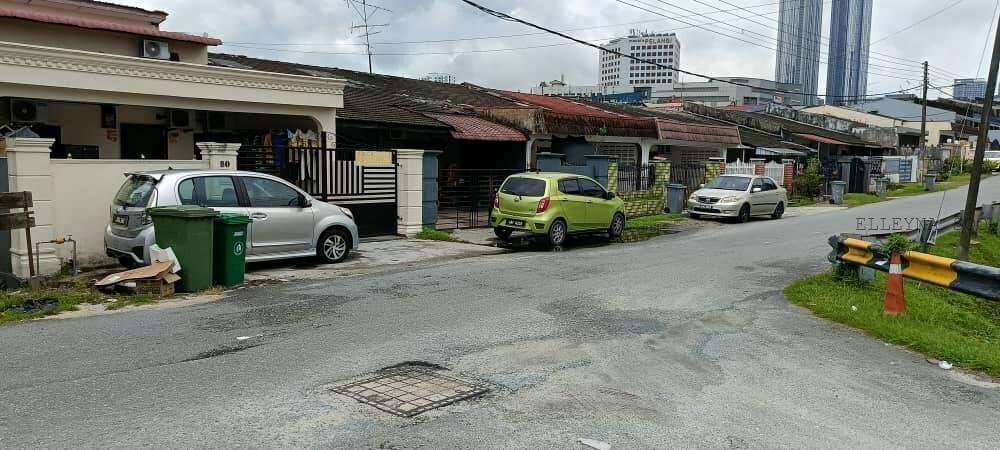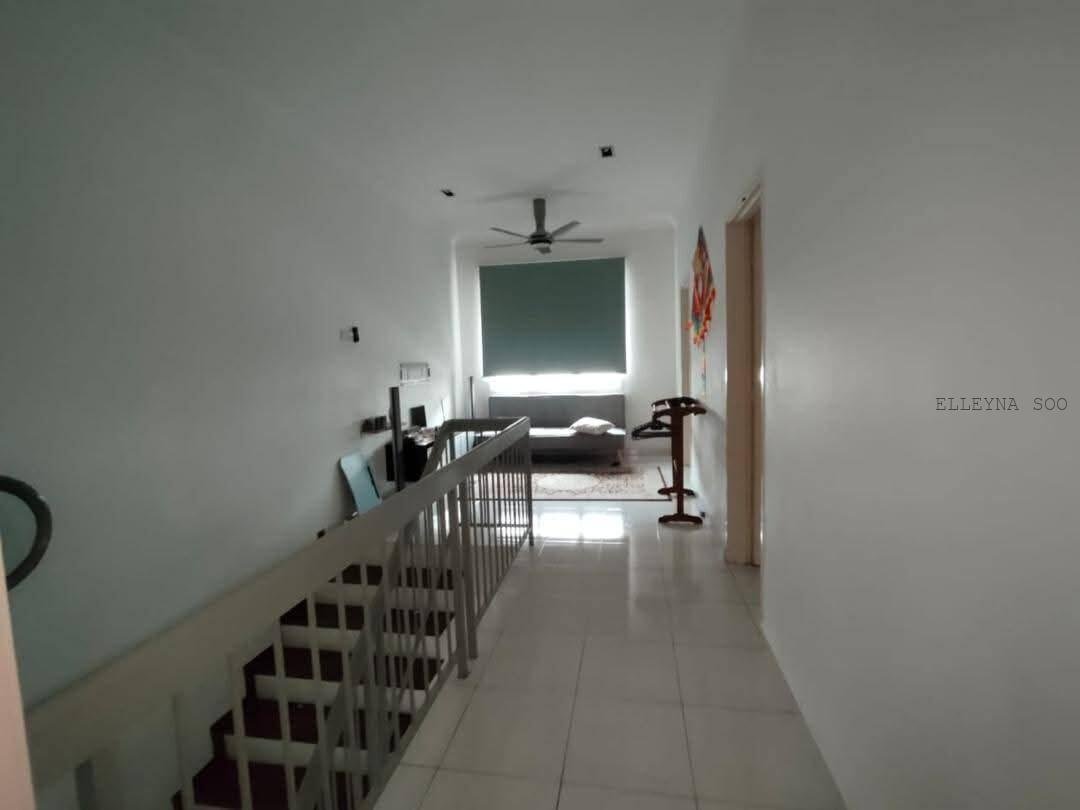
A Comprehensive Guide to the Selling Procedure in Malaysia
Introduction
Overview of the Real Estate Market: Discuss the current trends in Malaysia’s property market, such as urbanization, rising demand for residential and commercial properties, and investment opportunities.
Importance of Knowing the Procedure: Highlight how a well-informed seller can avoid common pitfalls, make informed decisions, and maximize their property’s value.
-
Preparing to Sell Your Property
Property Valuation:
– Why It’s Important: A professional valuation helps set a competitive and realistic asking price.
– Methods: Discuss different methods like comparative market analysis (CMA), recent sales data, and appraisal services.
– Document Preparation:
– Essential Documents:
– Title deed: Proof of ownership.
– Property tax receipts: To confirm payment status.
– Building plans and permits: For transparency on property structure.
– Tenancy agreements (if applicable): To inform potential buyers about current leases.
Home Improvements:
– Enhancements: Suggest minor renovations like painting, landscaping, or repairs to improve curb appeal.
– Staging Tips: Discuss the importance of decluttering, depersonalizing and arranging furniture to highlight the property’s best features.
2. Choosing a Selling Method
– Direct Sale vs. Real Estate Agent:
– Direct Sale: Pros include saving on commission fees, while cons include the time and effort required for marketing and negotiations.
– Real Estate Agent: Benefits include market expertise, negotiation skills, and access to a broader audience. Discuss typical commission rates (around 2-3% in Malaysia).
– Online Listings:
– Platforms: List popular websites such as PropertyGuru, iProperty, and EdgeProp.
– Social Media: Encourage using platforms like Facebook Marketplace and Instagram to reach potential buyers.
3. Marketing Your Property
– Creating an Attractive Listing:
– Photos: Invest in professional photography that captures the property’s best angles and natural light.
– Descriptions: Write clear, engaging descriptions highlighting unique features, neighborhood amenities, and nearby facilities.
– Open Houses and Viewings:
– Scheduling: Plan open houses on weekends or public holidays to attract more visitors.
– Preparation: Ensure the property is clean, well-lit, and inviting. Consider providing refreshments to make potential buyers feel welcome.
4 . Negotiating Offers
- Understanding Buyer Offers:
- Evaluating Offers: Look at the price, contingencies (e.g., financing, inspections), and the buyer's financial position.
- Multiple Offers: Discuss how to handle multiple offers effectively by creating a sense of urgency.
- Negotiation Tactics:
- Flexibility : Be open to negotiating terms beyond price, such as closing dates or included furnishings.
- Maintaining Composure: Encourage sellers to stay calm and professional during negotiations.
5. Accepting an Offer
– Formal Acceptance:
– Written Agreement: Ensure that any acceptance is documented in writing to avoid misunderstandings.
– Communication: Clearly communicate acceptance to the buyer and their agent.
– Deposit Payment:
– Earnest Money: Explain that buyers typically provide a deposit (around 1% to 3% of the sale price) as a show of good faith, which is held in escrow until the sale is finalized.
6. Sale and Purchase Agreement (SPA)
– Drafting the SPA:
– Legal Importance: Emphasize that the SPA is a legally binding document that outlines the terms of the sale.
– Consulting a Lawyer: Recommend hiring a lawyer experienced in real estate to ensure compliance with local laws.
– Key Components:
– Sale Price: Clearly state the agreed price.
– Payment Terms: Outline payment milestones (e.g., deposit, balance).
– Completion Date: Specify when the transaction will be finalized and ownership transferred.
– Conditions: Include any special conditions, such as repairs or furniture included in the sale.
7. Completion of Sale
– Finalizing Payment:
– Payment Process: Discuss how the remaining balance is transferred, often through bank transfer or lawyer’s escrow account.
– Outstanding Mortgages: Explain how to settle any existing mortgage balances before the sale is completed.
– Transfer of Ownership:
– Official Registration: Guide on how to register the property transfer at the Land Office, including necessary documentation.
– Handover Process: Discuss what happens during the handover, including transferring keys and relevant documents (e.g., warranties, manuals).
8. After the Sale
– Tax Implications:
– Real Property Gains Tax (RPGT): Explain the tax applied to profits from the sale of the property, including current rates and exemptions.
– Tax Returns: Remind sellers to report their property sale in their tax filings.
Notify Authorities: Advise sellers to inform local authorities and update their personal records after the sale is complete.
Welcome reader to share your own selling experiences, tips, or any questions they have regarding the selling procedure in Malaysia.

